A murder case from 5,300 years ago is deciphered through the power of science

Advances in science and technology have made it possible to more accurately estimate the time of a victim's death and to identify the means and tools used in a crime, making criminal investigation highly advanced. Under such circumstances, a YouTube channel that explains the science and history of a timeless discovery that a 5,300-year-old mummified corpse found in a glacier was actually involved in a murder case with a movie. TED-Ed provides an overview.
On September 19, 1991, two climbers were climbing Otztal in the Alps on the Austria-Italy border when they discovered a dead body buried in the ice.
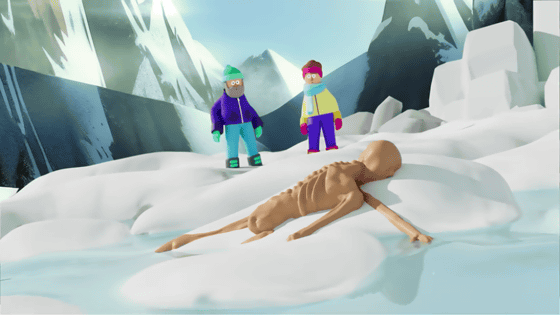
This corpse was thought to be the victim of a recent mountain climbing accident, but as research progressed, it turned out to be a ``5,300-year-old mummy.'' The mummy has been named ``
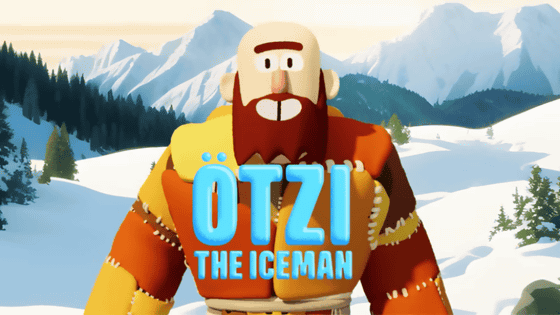
Initially, it was assumed that Ötzi was a shepherd or hunter who froze to death after being caught in bad weather.
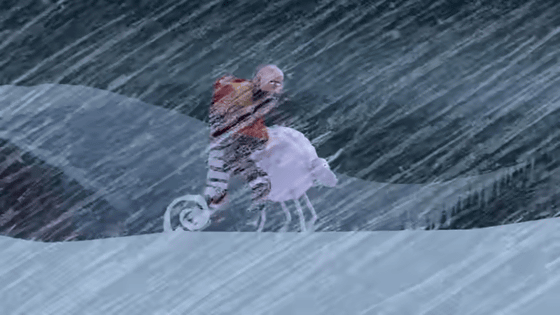
However, researchers made a shocking discovery that changed their previous thinking. What kind of person was Ötzi, and what was the cause of his death?
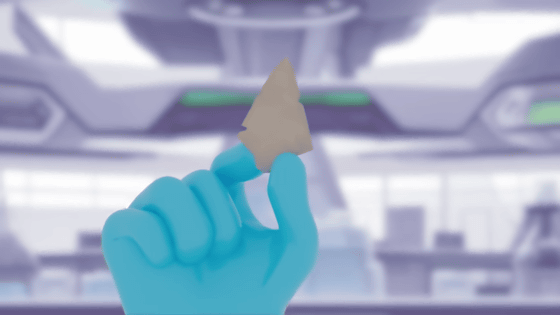
Due to the cold weather and sunlight in the Alps, Ötzi's body was repeatedly dried and frozen, protecting it from decomposition and preserving important evidence for scientists.
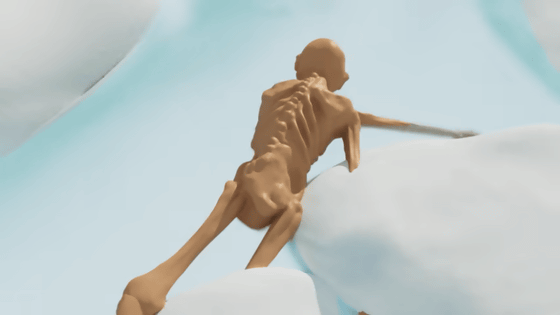
Ötzi was 160 centimeters tall and weighed about 50 kilograms, and is thought to have died between the ages of 40 and 50. His body is not healthy, and there are signs of various diseases in his heart, stomach, and intestines.
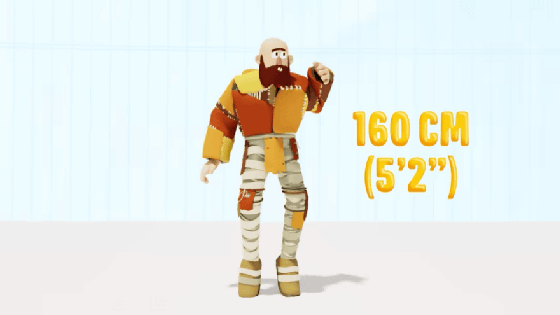
It is estimated that Ötzi lived around 3350 AD. This was a time when metal smelting and processing techniques were spreading across the Eurasian continent. In fact, in addition to stone arrowheads and knives, Ötzi is known to have possessed a copper axe.
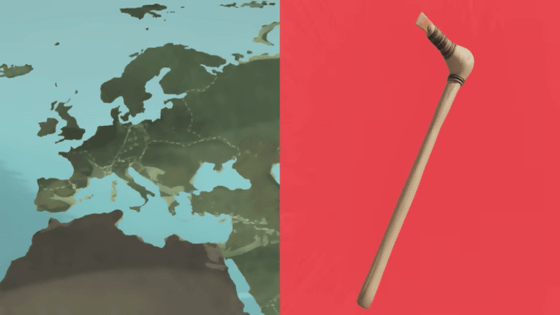
In addition, sheep and goat fur was used for clothing, and their diet consisted mainly of grains, indicating that they lived in an environment similar to that of livestock and grains.
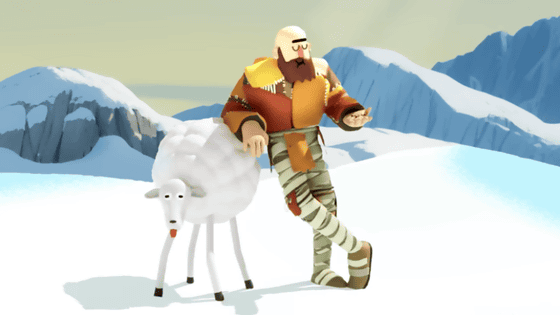
Furthermore, when researchers examined Ötzi's skin using various electromagnetic waves such as infrared and ultraviolet light, they found that Ötzi had 61 tattoos. Interestingly, researchers note that tattoos tended to be placed in areas where Ötzi's body was thought to have been ailing, and may be a precursor to acupuncture, where tattoos were used for therapeutic purposes. Masu.

Ten years after research into Ötzi's corpse began, a CT scan revealed a stone arrowhead stuck in his left shoulder.
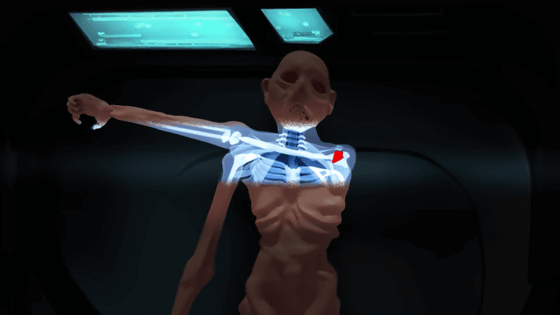
Similarly, a deep wound was discovered on Ötzi's right hand that was beginning to heal. This led researchers to believe that ``Several days before his death, Ötzi was attacked with a sharp knife and defended himself, injuring his hand.'' As evidence for this, sphagnum moss, which has antiseptic properties, was also found with the corpse, and it can be assumed that Ötzi was treating it himself.
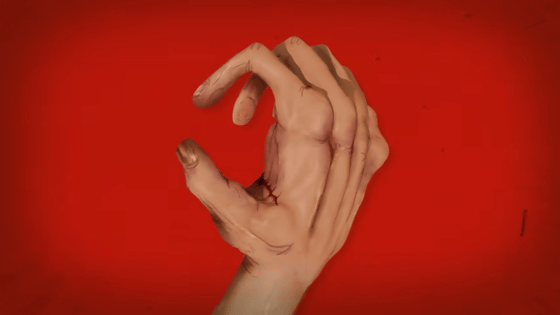
The exact time of Otzi's death has been determined to be between spring and early summer, based on the type of pollen in Otzi's digestive system and its habitat.
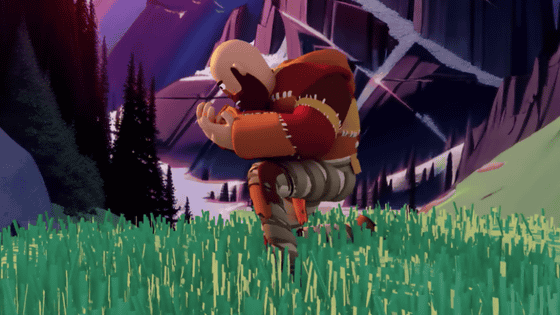
The location of the pollen also suggests that Ötzi was at an altitude of around 2,500 meters 33 hours before his death.
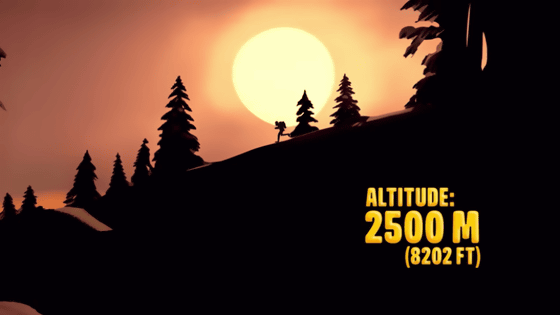
24 hours later, Ötzi moved to an altitude of 1,200 meters above sea level, where warm-loving trees grow, and just before he died, he was at an altitude of 3,000 meters, covered with plants such as rice, so it seems that Ötzi moved quite hurriedly. I am. This led to the story that ``Otzi was running away from something.''
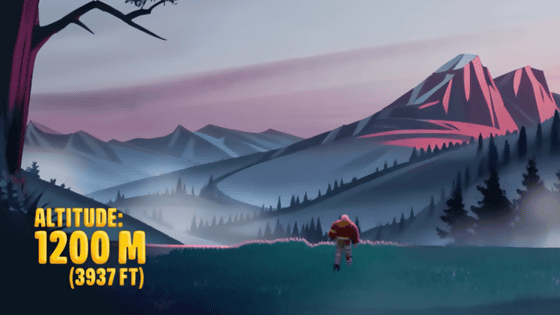
Despite Ötzi's desperate escape, someone shoots him through the right shoulder with a stone arrow.

Ötzi's body was preserved in a glacier, and it has told us about his life and events from 5,300 years ago until the present day, but details such as who killed him and why the murder turned out to be unknown are hidden in the ice and snow. It will never completely disappear and be discovered.
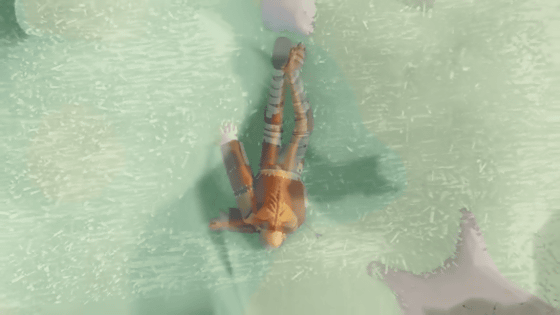
Related Posts:







